مقدمة عن أنواع المواد المقاومة للحرارة
المواد المقاومة للصهر هي فئة من المواد التي يمكنها تحمل درجات الحرارة العالية والحفاظ على خصائصها الفيزيائية والكيميائية في ظل الظروف القاسية. تستخدم المواد المقاومة للحرارة على نطاق واسع بسبب مقاومة درجات الحرارة العالية, وتنقسم المواد المقاومة للحرارة الشائعة إلى الفئات التالية.
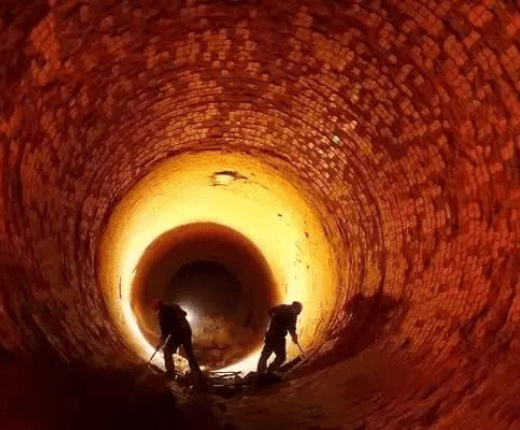
Classification of refractories
Refractories can be divided into acidic refractory materials, neutral refractories and basic refractories according to their chemical characteristics, and can also be divided into light refractory material and heavy refractory material according to their density. According to the shape, it can be divided into shaped refractory materials and unshaped refractory materials. The shaped products are various refractory brick products, و ال unshaped products are various المقابلات الحرارية.
Type one refractory material :الطوب الحراري
Shaped refractories can be divided into heavy refractory bricks and الطوب العازل خفيف الوزن.
Heavy refractory bricks are represented by طوب عالي الألومينا, which are formed and calcined from bauxite or other materials with high alumina content. It is often used as a fabric for masonry steelmaking electric furnaces, أفران ذوبان الزجاج, and cement rotary furnaces.
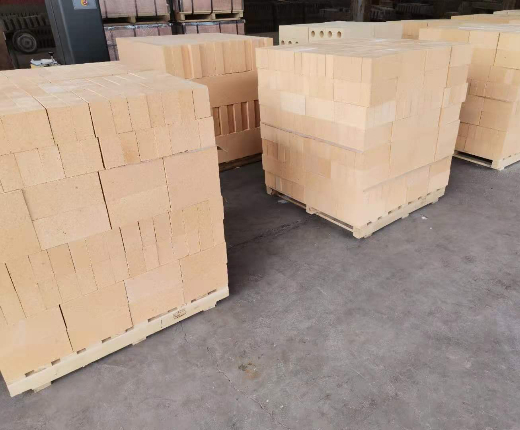
Lightweight insulation bricks are represented by طوب العزل الموليت. In addition to mullite, those with low alumina content also contain a small amount of glass phase and cristobalite. They are mainly used for hot blast stove tops, blast furnace shafts and Furnace bottom, glass melting kiln regenerator, فرن تلبيد السيراميك, dead corner lining of petroleum cracking system, إلخ.
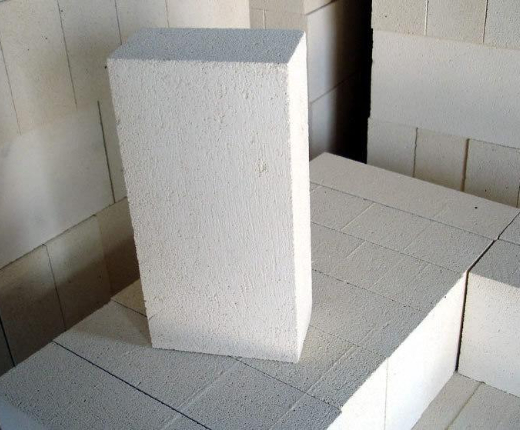
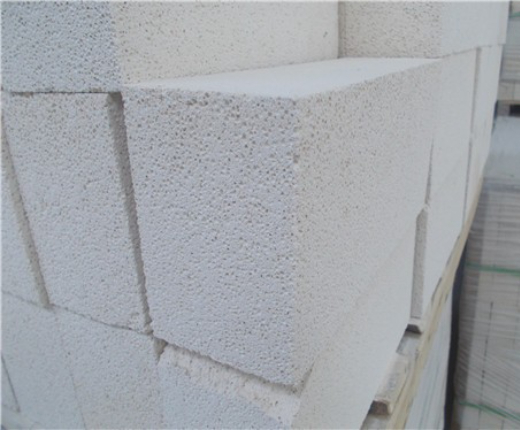
Type two refractories: Unshaped refractories
Unshaped refractories refer to various types of refractory castables, بلاستيك, طلاءات الرش, إلخ.
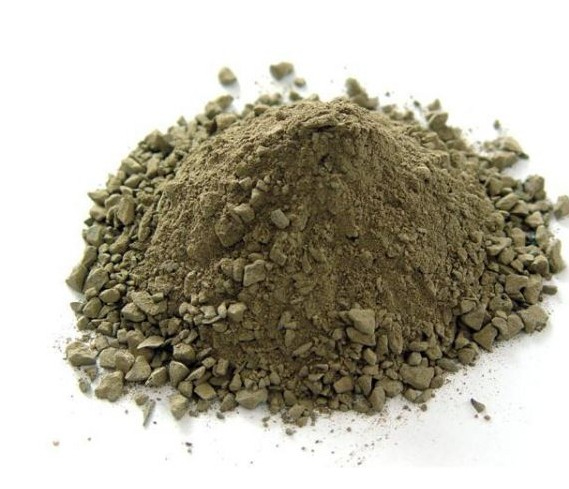
Unshaped refractory materials are convenient for construction, strong adaptability, stable performance, and easy maintenance. They are usually used in linings, stockpiles, furnace walls, flues and other parts of high-temperature equipment. Such as blast furnace, converter, فرن كهربائي, glass kiln, cement kiln and other fields.
 مصنع رونغ شنغ للحراريات
مصنع رونغ شنغ للحراريات
WeChat
امسح رمز الاستجابة السريعة باستخدام wechat